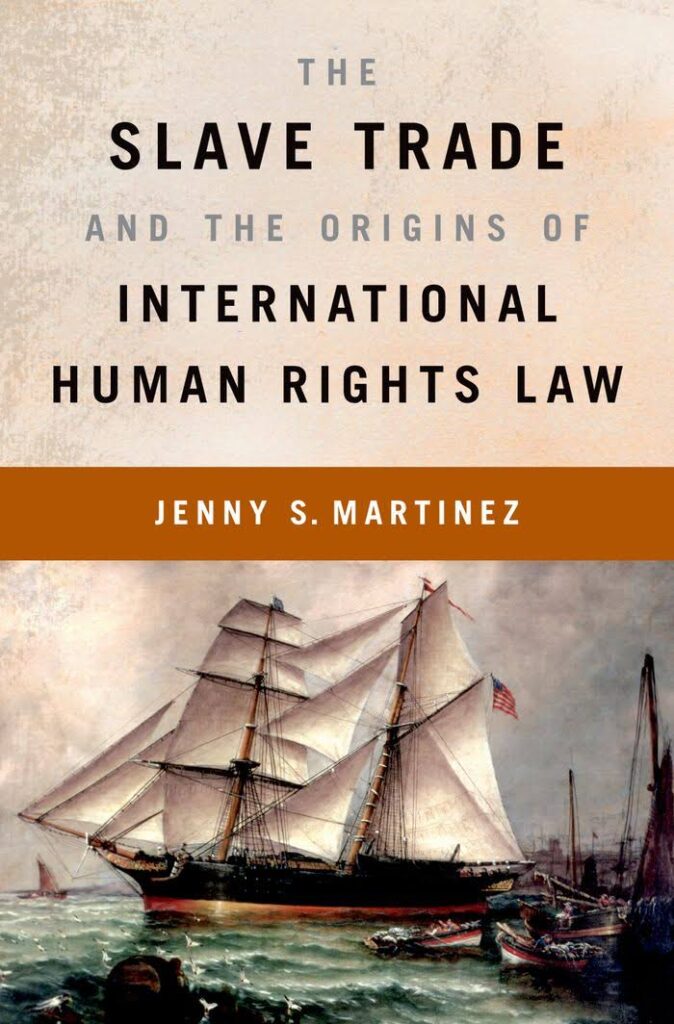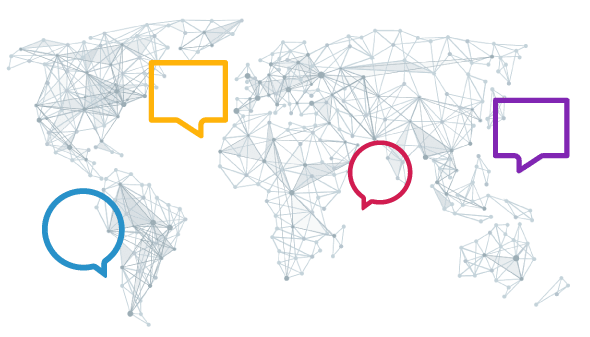
It also took the creation of international courts. International tribunals were created and empowered to condemn, destroy or confiscate vessels engaged in slave trafficking and to arrange for the delivery of the masters and crews of such vessels to their home states for proper punishment.[i] The judges belonged to states parties and these mixed courts were established in places like Cuba, Sierra Leone and Brazil.
It took the deployment of military efforts. [ii] It took advantage of political opportunism: The US was the last big country to join the model in 1862 under the Lincoln administration and one of the reasons was “to prevent Britain from intervening in the war on the side of the Confederacy”.[iii] It took more than sixty years but the complex effort ended the slave trade, globally.[iv]
Martinez rightly concluded “…the history of the antislavery courts suggests a need for a thicker, more robust account of the relationship between power, ideas and international law.” [v]
“The Slave Trade and the Origins of International Human Rights Law” by Jenny S. Martinez (Oxford University Press, 2011)
[i] [CHECK EDITION]Jenny S. Martinez, The Slave Trade and the Origins of International Human Rights Law 164 (Kindle reprint ed., Oxford University Press, 2011).
[ii] “Abolitionist leaders reached out to the public for support. In what may have been the largest popular petition campaign in Britain’s history, more than three-quarters of a million people (out of a national population of approximately 12 million) signed petitions” In his correspondence, the Duke of Wellington commented on the “degree of frenzy” in London about the slave trade, noting, “People in general appear to think that it would suit the policy of this nation to go to war to put an end to that abominable traffic.” [CHECK EDITION]Jenny S. Martinez, The Slave Trade and the Origins of International Human Rights Law 29 (Kindle reprint ed., Oxford University Press, 2011)
[iii] Various treaties promoted by the UK in the course of the nineteenth century (first with the Netherlands, Portugal, and Spain, then with Brazil and France) authorized states to punish individuals engaged in slave trading as they would pirates.
[iv] “If other nations continued to tolerate the trade, the only effect of Britain’s ban would be to shift the trade from British-flagged ships to the ships of other nations. In addition, the Caribbean colonies of other nations would continue to receive infusions of new slaves, putting British possessions that could not receive such reinforcements at an economic disadvantage.” [CHECK EDITION]Jenny S. Martinez, The Slave Trade and the Origins of International Human Rights Law 23 (Kindle reprint ed., Oxford University Press, 2011)
[v] [CHECK EDITION AND COMPLETE PAGE]Jenny S. Martinez, The Slave Trade and the Origins of International Human Rights Law [PAGE](Kindle Reprint ed., Oxford University Press, 2011)
[vi] Britain was the nineteenth century’s greatest naval power, and its initial efforts to suppress the slave trade were military and unilateral, involving seizures of slave vessels by the British navy and condemnation of those ships in British courts. Over time, however, Britain found it could not rely on its military power alone, but instead had to utilize that power in conjunction with cooperative legal action to achieve its goals. In short, neither raw coercive power nor international law alone was enough to achieve the abolition of the slave trade. Both were necessary.”
[vii] On April 25, 1862, the U.S. Senate unanimously ratified a treaty with Britain, which provided for mutual rights of search and the trial of slave ships in mixed courts. [CHECK EDITION]Jenny S. Martinez, The Slave Trade and the Origins of International Human Rights Law 146 (Kindle reprint ed., Oxford University Press, 2011).
[viii] Id., at 34-35.
[ix] [CHECK PAGE]Id.


